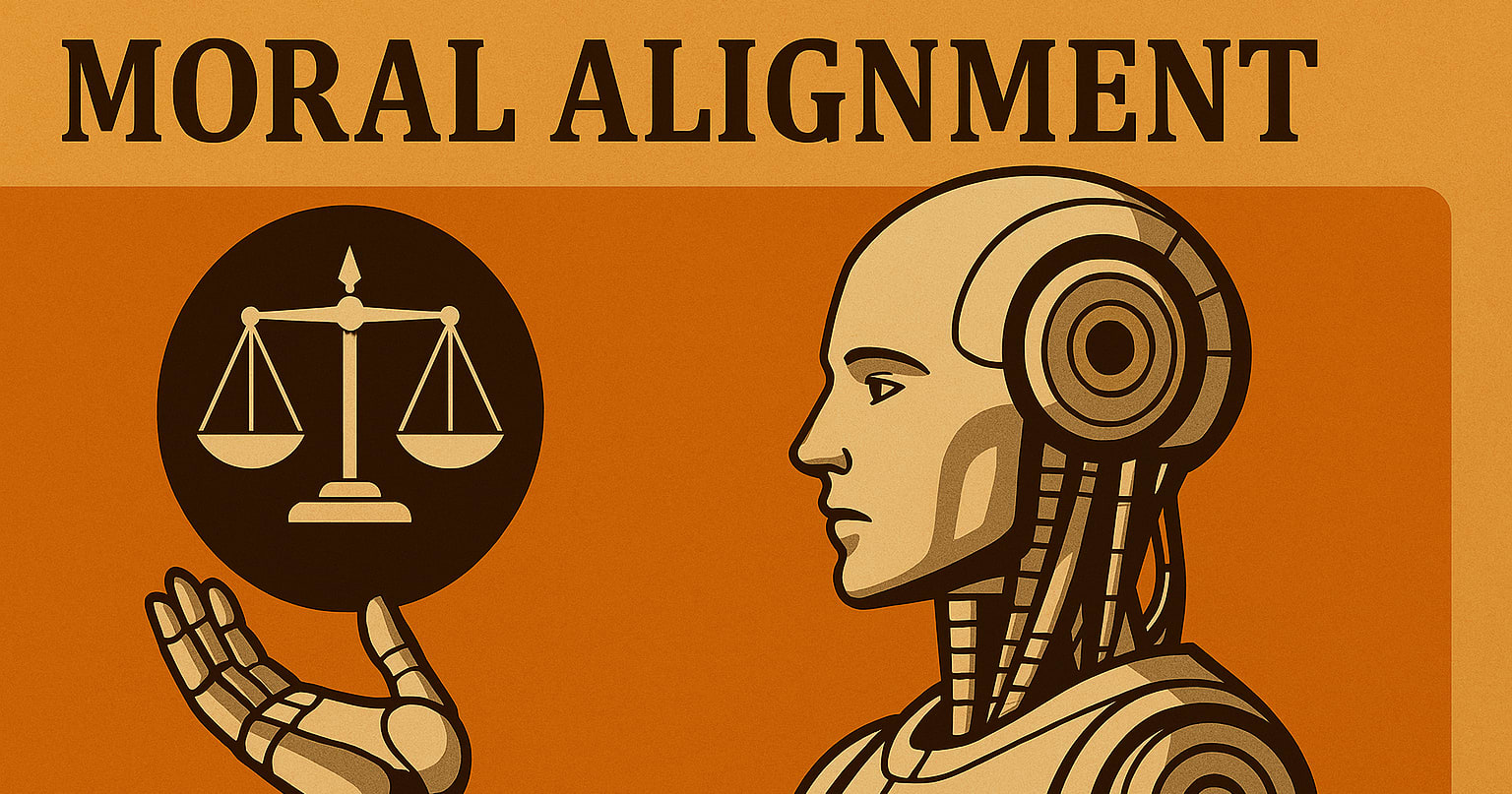This is the significantly improved second edition of CSS, again looking at the presidential primaries for the US 2020 election.
Here I copy the introductory sections for convenience:
Preface
The Candidate Scoring System (CSS) is a method for selecting preferred candidates in elections. It is based on Effective Altruist (EA) ethics and methodology. Of course, opposing political positions are still valid in the EA movement and there is room for respectable disagreement. Other people in the EA movement may have different understandings of the factual impacts of various political actions, and they may have different values regarding the appropriate goals of government. But we approach the central, most important policy question – how to maximize global well-being – by gathering opinions and research from authorities in a wide range of domains, then modeling them together with our own careful judgment to fill in the gaps.
CSS1 was released on March 5, 2019, establishing basic policy preferences and providing tentative scoring of presidential candidates. For CSS2 we have deepened our analysis of policy questions, gathered more information about political candidates, expanded the number of candidates under consideration, added calculations of election probabilities and counterfactuals, and simplified the information into a single report with an accompanying Excel model.
This project is limited by the constraints of time and manpower against the vast breadth, depth and complexity of the problems that it tackles. Therefore, many arguments and evidence will be missing. This does not mean the project is necessarily wrong or biased, it just means we haven’t yet included as much content and research as we would like to. It is a work in progress and open to input from others. We are uncertain about much of this content, but we minimize hedging language for the sake of readability. If some relevant information is missing, please submit ideas and content to improve the next version – everything here is subject to revision and elaboration.
CSS is an independent volunteer project.
Summary for Voters and Activists
CSS2 makes the following recommendations:
· John Delaney should be supported if there are tractable opportunities to do so, particularly in Iowa.
· Cory Booker should be supported if Delaney’s candidacy is considered intractable.
· Potential Republican challengers to President Trump should be encouraged and supported if a real chance appears, especially John Kasich.
Our recommendations are based on estimates of the expected value of changing the outcomes of the primary races. We approach this question by first estimating the desirability of each candidate as a potential president, yielding presidency scores. We then factor in the nomination and election chances of all their competitors to produce nomination scores representing the difference in the expected election outcome when the candidate wins or loses in the primaries.




Odd. Perhaps your browser does not accommodate OneDrive? I have Firefox; I have opened it in private mode (not logged in) and I can access them. Other people have also accessed them.
Issues may be caused by x32 Firefox or Kaspersky Password Manager: https://support.mozilla.org/en-US/questions/1115599
You can PM me your email address, and I will email the documents to you.